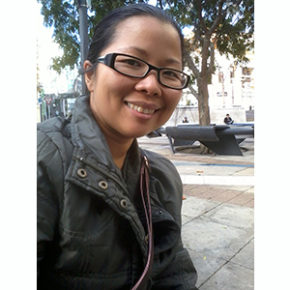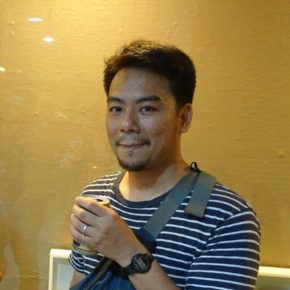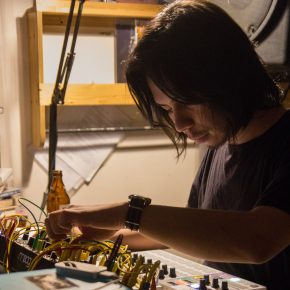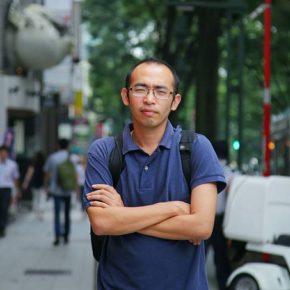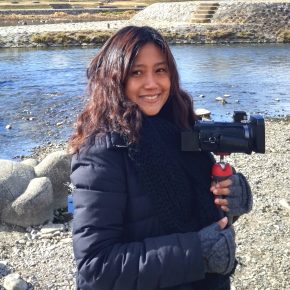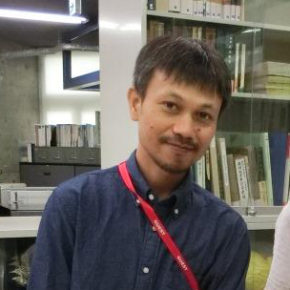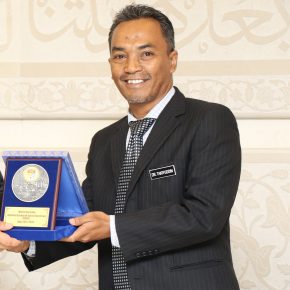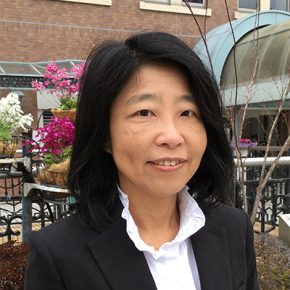Is Japan’s Tsunami Tendenko Applicable in Other Countries?
Unlike Japan, tsunami-prone developing countries don’t have coastal protection infrastructure such as concrete seawalls. Natural barriers like mangrove forests are also diminishing. Quick evacuation to higher grounds seems to be the only option for survival against tsunamis. Tsunami tendenko, as successfully demonstrated in the “miracle of Kamaishi,” can be adapted in these countries to save lives. The concept of tsunami tendenko has not been explored by many foreign researchers based outside Japan. This project investigated the feasibility of applying tsunami tendenko in Banda Aceh, Indonesia. A focus group discussion was conducted in February 2019 and attended by 12 participants including an imam; staff of the disaster management agency; representative of persons with disability; staff of the search and rescue agency; a school principal; a woman community leader; a Red Cross representative; and a youth leader. They discussed the barriers to and enablers of the promotion of tsunami tendenko in Banda Aceh. In addition, a survey on the tsunami risk perception of village officials in Banda Aceh 15 years after the 2004 Indian Ocean Tsunami was conducted, obtaining 55 completed survey questionnaires from 18 villages. Research results are targeted to be published in scientific papers within the year.
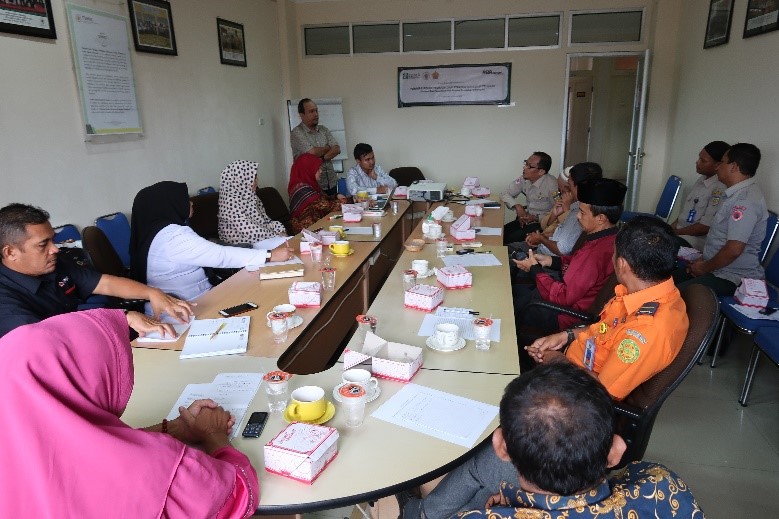

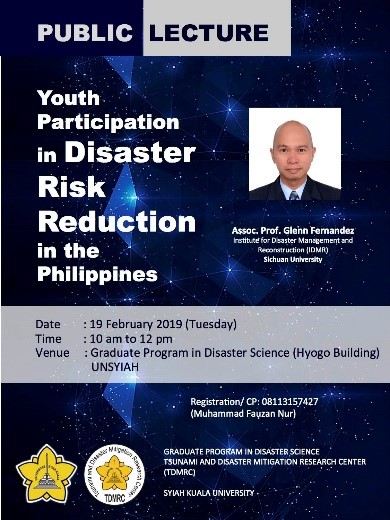
- Main Cities of Activity
- Japan:Sendai Indonesia:Banda Aceh City
- Host Institution(s) / Individual(s)
- International Research Institute of Disaster Science (IRIDeS), Tohoku University
- Tsunami & Disaster Mitigation Research Center, Syiah Kuala University
- Activity Reports
- Is Japan’s Tsunami Tendenko Applicable in Other Countries?


